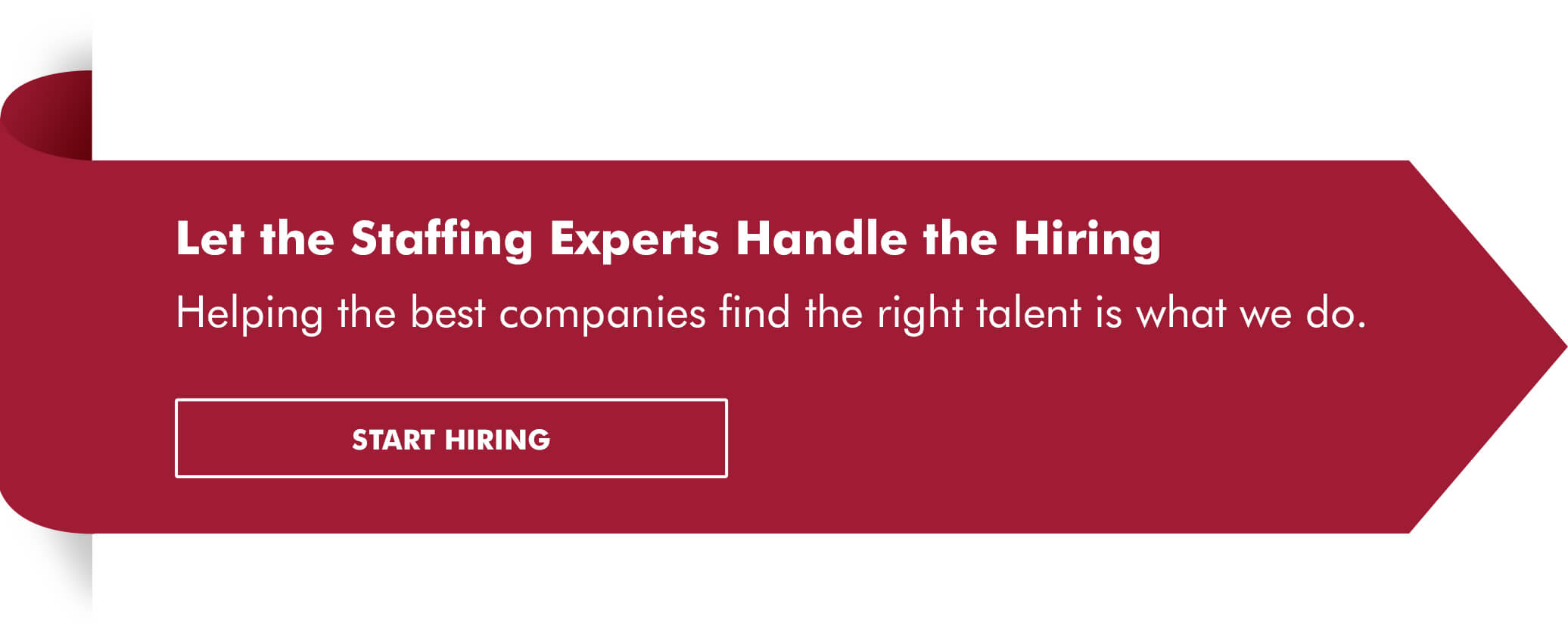Significant change that impacts your business, whether it’s swift or gradual, can be disorienting for workers if it’s not managed effectively. The company’s senior leaders drive major transformations as well as reactions to unplanned crises. But the responsibility for shepherding your team through it lies with you, their manager.
It’s up to you to help prevent or mitigate rumors, frustration, resentment, stress and fear when your organization goes through a period of disruption and transition.
Here’s a quick look at six change management considerations that can help you along the journey.
1. Communicate often (and strategically)
Share as much information with your employees as you think is appropriate. How much will depend not only on the situation but also on your team’s unique needs. You don’t want to leave them in the dark even if you have only limited details.
You also want to avoid doing the opposite: overwhelming your employees by getting unnecessarily into the weeds. So, as a first step to deciding exactly what to share, ask yourself: Which facts are essential for my team to understand, and what additional information might be important for them to hear as well?
Stick to the facts when sharing information — don’t speculate about what might happen next. Offering theories and setting unrealistic goals or timelines can undermine efforts to manage change effectively.
So, too, can downplaying the impact of the change. Not being upfront about the serious nature of a change event — even if you’re trying to be optimistic — you risk eroding your employees’ trust and confidence in your leadership during a critical time.
2. Acknowledge employees’ feelings when managing change
Without sugarcoating, highlight any short- or long-term benefits employees might experience because of the change. Not all change is bad, of course, even if it changes how some things are done on your team.
If, on the other hand, it’s hard to find a silver lining, emphasize — and show — that you’re all in this together. You can help your employees cope by reminding them that you are experiencing the change, too, and share many of the same concerns.
Don’t assume you know exactly what your workers are feeling, though. When rolling out changes or instituting new policies and processes, take their emotions into account. Fear and uncertainty can lead to low morale, which can undermine productivity and retention and a willingness to adapt to the change.
Also, keep the lines of communication open with your staff throughout the transition. Make yourself available for questions and share any pertinent updates with them as quickly as possible. And if team members are working remotely, make a point to touch base with them frequently by phone or video chat, both individually and as a group.
3. Invite them to help solve problems
Once you’ve alerted your employees to the change, invite their input on how best to respond to it — and ask them to communicate their needs. The ideas and perspectives of more resilient workers on adapting and even thriving in the face of change can benefit everyone.
Include your team members in initiatives designed to help the business transform or operate more optimally. Adopting a new business system is an example of this type of change, which can be gradual but also significantly disruptive. Try to involve employees in the change process by giving them assignments that contribute to the end goal and can help the whole organization adapt to what’s new.
By letting your team share ownership and responsibility for change, they will feel more in control. More than that, including them in problem solving strongly signals that you consider them valued and critical to the company’s future success.
4. Follow through on plans — but be flexible
Without commitment and determination, your team won’t get far in shifting to the “new normal” you are asking them to embrace. But you still need to remain flexible. Be ready to alter your strategies, if necessary, to get past bumps in the road.
Change is a process. And, to manage change effectively, you need to be prepared to take detours at times so that, ultimately, your team can stay on course and reach the intended destination.
5. Bring in resources to help drive change
Large one-time events can benefit significantly from the scalable resources provided by contract talent. This assistance comes in a continuum of experience levels, specializations and availability, depending on a business’s needs. Contract engagements can be short- or long-term and involve few or many professionals.
An example of the latter is the 73% of companies that use managed solutions arrangements for complex business initiatives where they may bring in an entire contract team that is overseen by expert outside consultants. These consultants can create a strategy for — and also guide the implementation of — a wide range of projects, from new technology implementations to post-merger integrations.
6. Celebrate successes and keep looking forward
Successful change hinges largely on teamwork. So, be quick to celebrate your team’s progress throughout the change process and reward employees who go above and beyond to help their colleagues “keep calm and carry on” in times of disruption and uncertainty.
And once your business has implemented a planned change — or adapted to an unplanned one — don’t stop managing change. It may have altered your organizational culture, for example, so you’ll need to communicate well the new vision. You also might need to discuss training options, including upskilling opportunities, to help ensure your employees can succeed in the post-change work environment.
Together, the six change management tips presented here can help you take a thoughtful and strategic approach to help your employees successfully navigate through challenging times.








